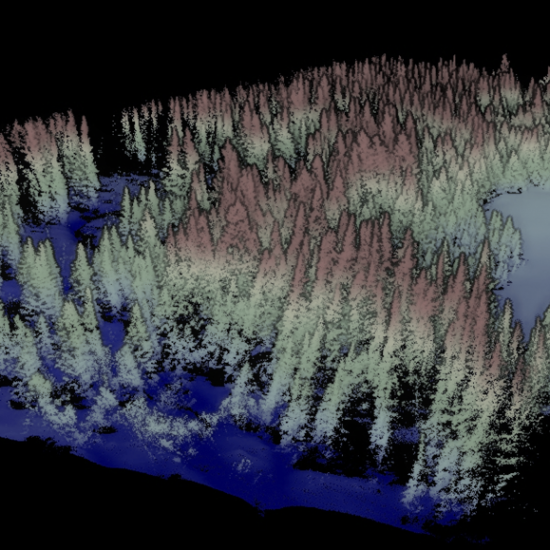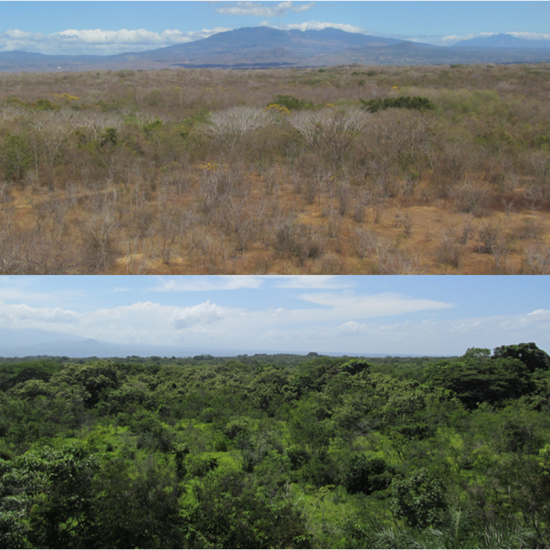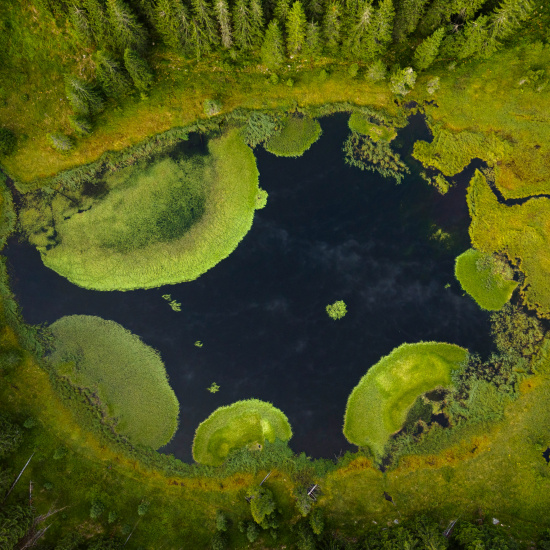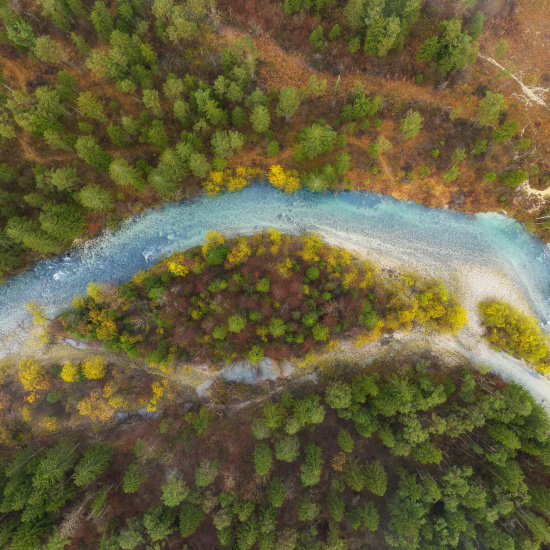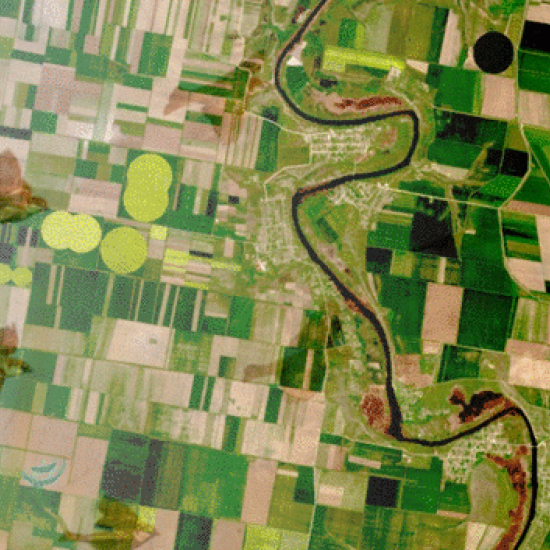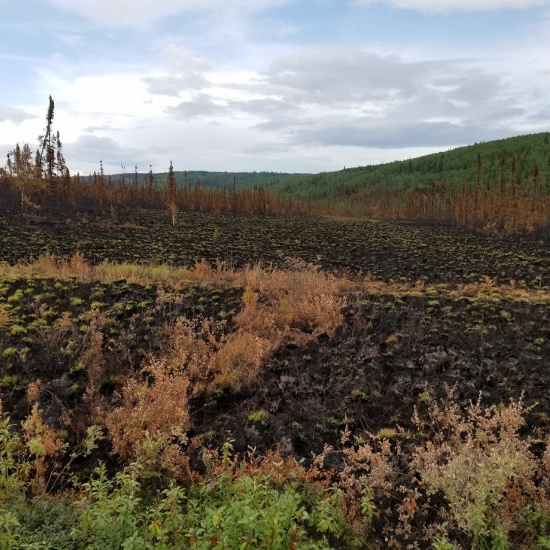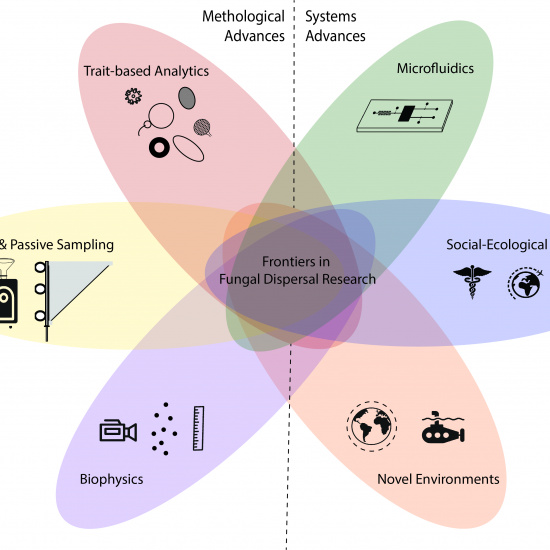Working groups play a pivotal role in promoting the integrative approach ESIIL champions, pooling knowledge and expertise from various disciplines to tackle environmental issues with a data-driven perspective.
What are working groups?
Working groups are self-organized research teams focused on well-defined scientific questions that advance environmental data science and require insights from a broad group of researchers and other stakeholders. A single working group may have up to 15 participants and a quorum (50% or more) shall meet in person up to 2 times over a 2 year period, with each meeting lasting between 3 and 5 days.
Updates
ESIIL will announce its next cohort of working groups in February.
The next request for proposals will open in August.

